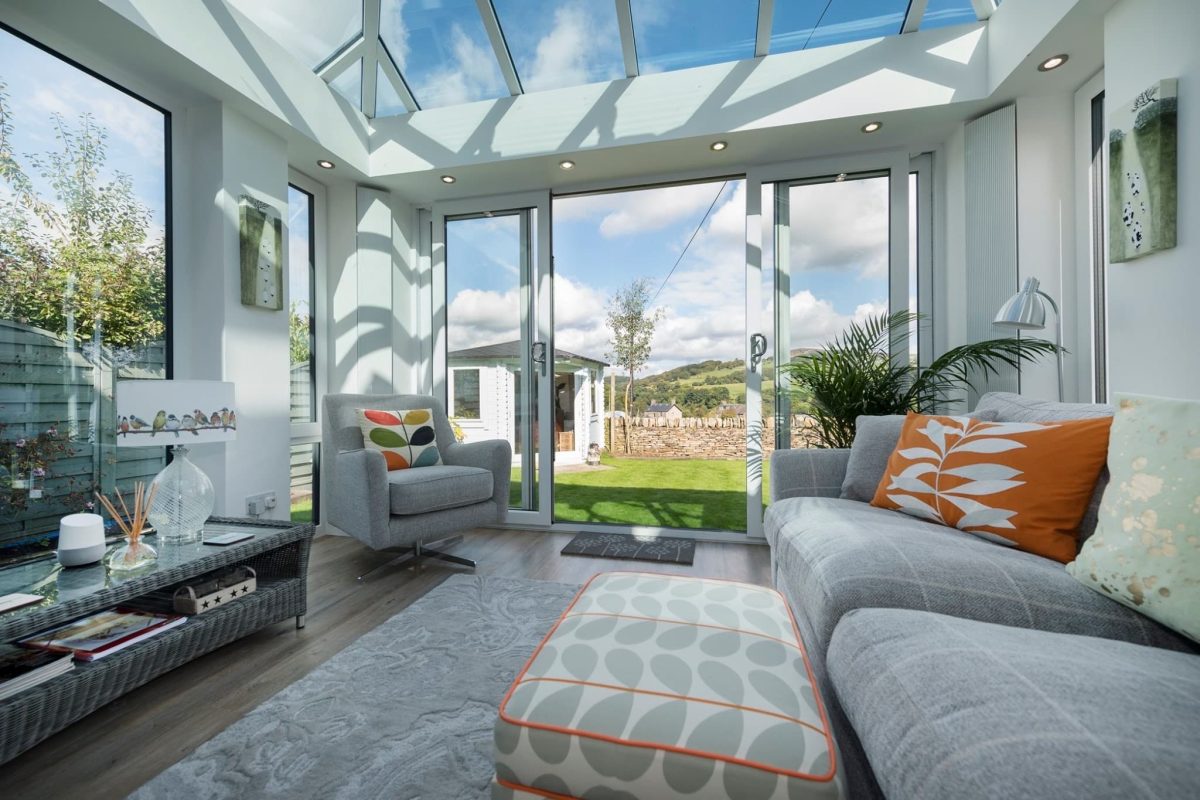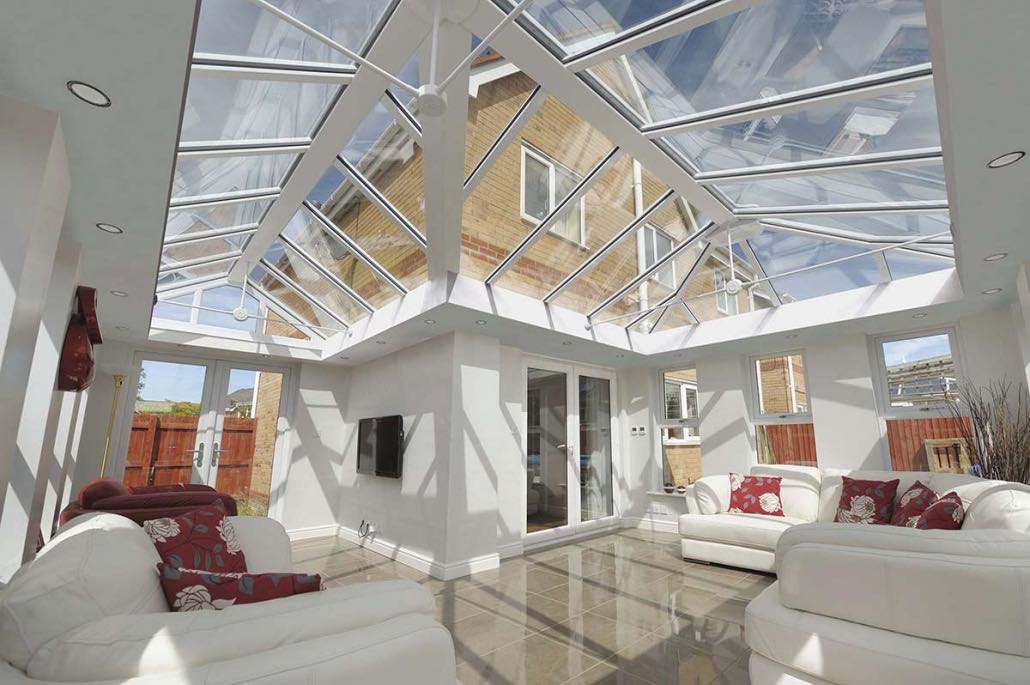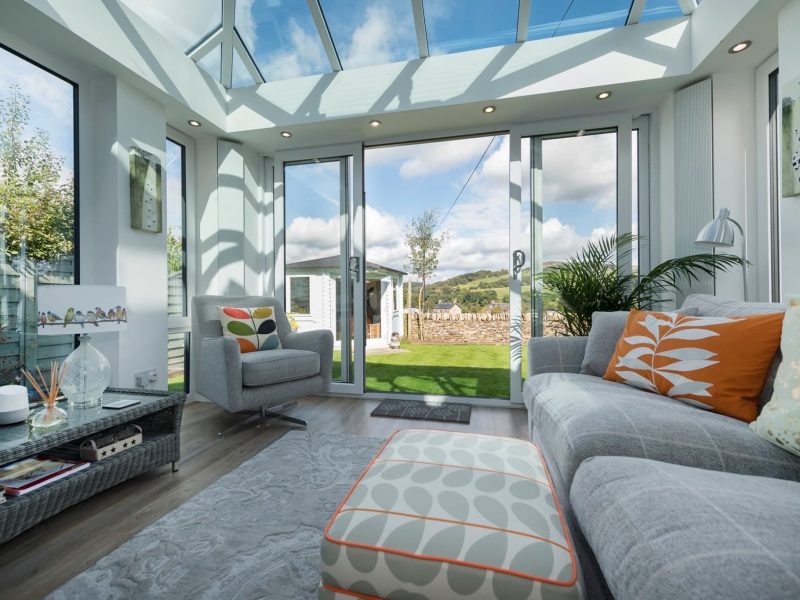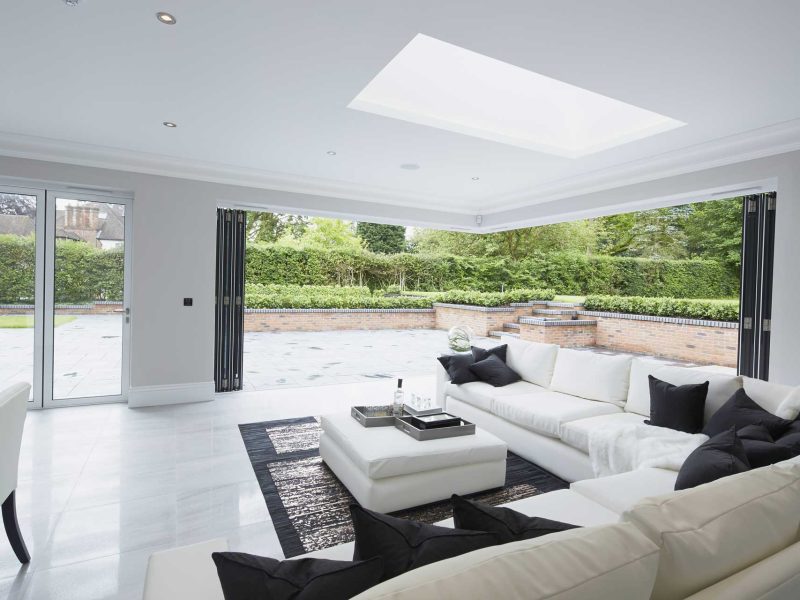When Does a Conservatory Become an Extension?
Homeowners often turn to conservatories and extensions to expand their living space, but it’s essential to recognise the unique features of each.
At The Conservatory Village, we offer premium conservatories tailored to your needs and property specifications, with expert guidance from our team to help you make the right choice.
Keep reading as we delve deeper into the question of when a conservatory becomes an extension.
What is a Conservatory?

A conservatory is a glass-enclosed structure typically attached to the side or rear of a house. It provides additional living space while fostering a connection with the outdoors. Conservatories are characterised by their ample use of glass, which allows natural light to flood the room.
In contrast, an extension involves expanding the home’s size by adding extra rooms or living space. Extensions vary in size, shape, and purpose, ranging from single-room additions to multi-level expansions.
What is an Extension?

An extension project encompasses enlarging existing rooms, constructing new ones, or adding entirely new sections to your property. These projects cater to growing families, create more functional living spaces or boost the property’s value.
Whether it’s a modest single-room addition or an extensive two-storey expansion, house extensions demand meticulous planning and adherence to building regulations. They often involve architectural design and construction work to seamlessly integrate the new space with the existing structure.
Legal Distinctions
Differentiating between a conservatory and an extension often involves legal regulations and planning permissions. In many regions, conservatories face less stringent building regulations compared to extensions. Conservatories usually fall under permitted development rights, meaning they don’t require planning permission if they meet specific criteria regarding size and placement.
Key Differences Between the Two:
Several factors play a role in determining whether a structure is classified as a conservatory or an extension:
Purpose and Function:
Conservatories are primarily designed as sunrooms or garden rooms, offering space for relaxation, dining, or indoor gardening. In contrast, extensions serve as functional living areas such as additional bedrooms, kitchens, or home offices.
Construction Materials:
Conservatories typically feature extensive glass and lightweight materials to promote transparency and openness. Extensions, on the other hand, are built using a variety of materials, including bricks, concrete, and timber, to match the existing house’s architecture and provide structural support.
Accessibility:
Accessibility considerations differ between conservatories and extensions. Conservatories often prioritise easy access to the garden or outdoor space with wide doors or sliding glass panels. Extensions, especially those used as permanent living spaces, must comply with building regulations regarding accessibility, including entrances and exits.
Structural Integration:
Conservatories are usually attached to the house via a separate frame or structure, maintaining a visual distinction from the main building. In contrast, extensions seamlessly integrate into the house’s structure, often sharing walls and foundations.
When Does a Conservatory Become an Extension?
The line between a conservatory and an extension can sometimes blur, especially with modern designs and construction techniques. Factors that may cause a conservatory to transition into an extension include:
Enhanced Functionality:
Homeowners may upgrade a conservatory to an extension to meet changing lifestyle needs. For example, a conservatory initially used as a casual dining area might be converted into a fully functional kitchen extension to provide more space for cooking and entertaining.
Structural Modifications:
Significant alterations to the original conservatory design, such as adding solid walls, roof insulation, or integrated heating systems, can transform it into an extension. These modifications enhance the space’s structural integrity and usability, blurring the distinction between the two.
Planning Permission:
If proposed changes to the conservatory exceed permitted development rights or require planning permission, classifying the structure as an extension may be more practical. This ensures compliance with local building regulations and allows for greater flexibility in design and construction.
Conclusion:
In conclusion, the distinction between a conservatory and an extension depends on various factors, including purpose, construction materials, accessibility, and structural integration. While conservatories offer a unique indoor-outdoor living experience, extensions provide functional living spaces that seamlessly integrate with the existing house. Understanding these differences is crucial for homeowners undertaking home improvement projects to ensure compliance with regulations and meet their specific needs.
Conservatory & Extension Prices
At The Conservatory Village, we prioritise close collaboration with our clients to customise every aspect of the design according to their preferences, resulting in a truly unique outcome that surpasses expectations.
Whether it’s the style, finishes, windows, doors, or hardware, every detail can be personalised to reflect your distinct aesthetic and vision for your space. We partner with leading suppliers in the industry to ensure the delivery of exceptional, one-of-a-kind home improvements.
To kickstart your project, take advantage of our free online quoting tool. Simply input your specifications, and we’ll promptly provide you with a no-obligation price tailored to your requirements.
Should you have any inquiries, please feel free to reach out to us via our online contact form. Our dedicated team is readily available to address any questions or concerns you may have. Alternatively, you can directly engage with our team by calling 02380 811432 to explore our products further.
Discover the transformative impact that our committed team and personalised solutions can have on your Southampton property. Embark on your conservatory or extension project with us today!



